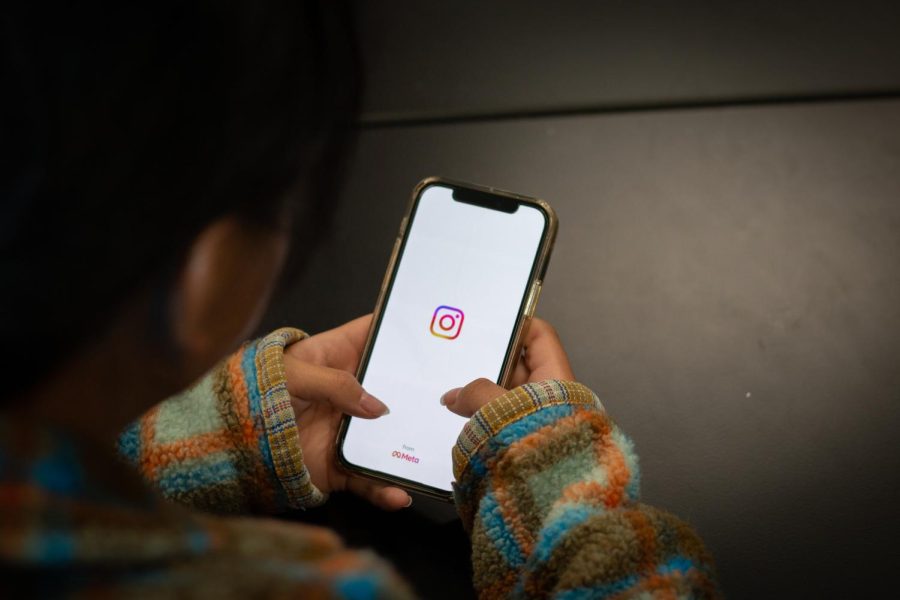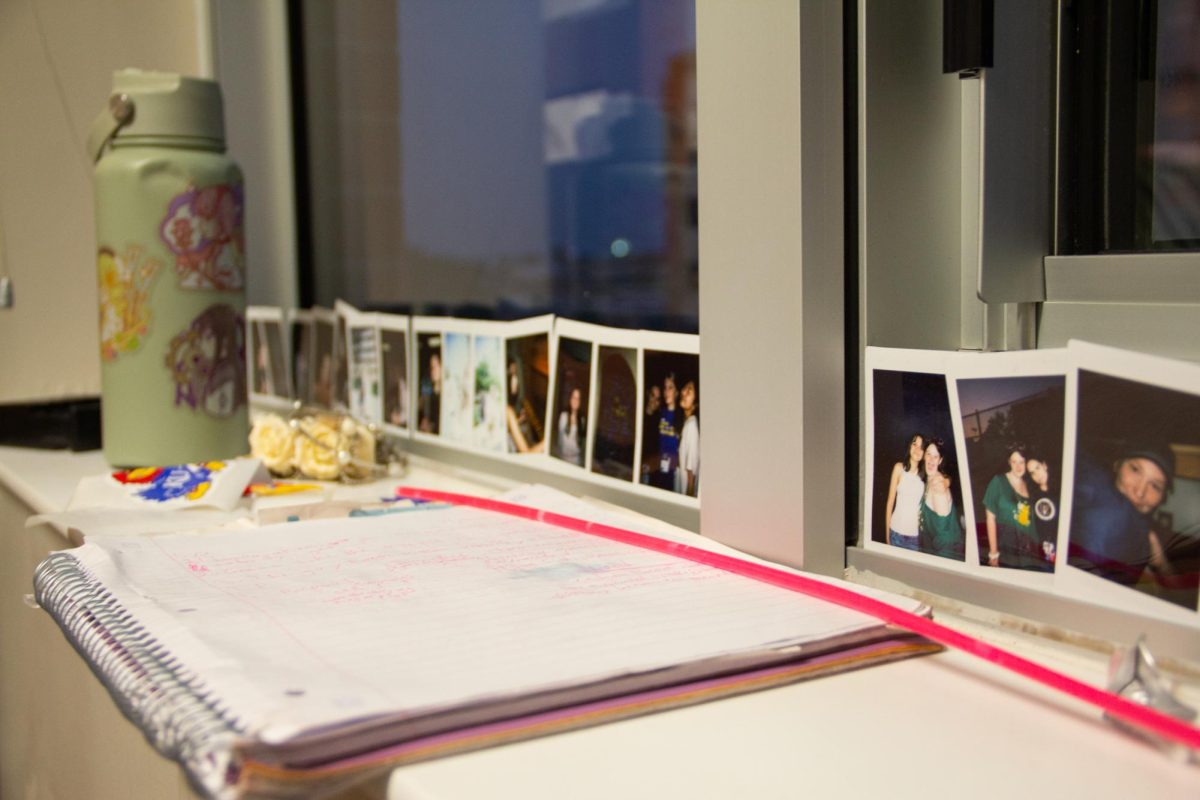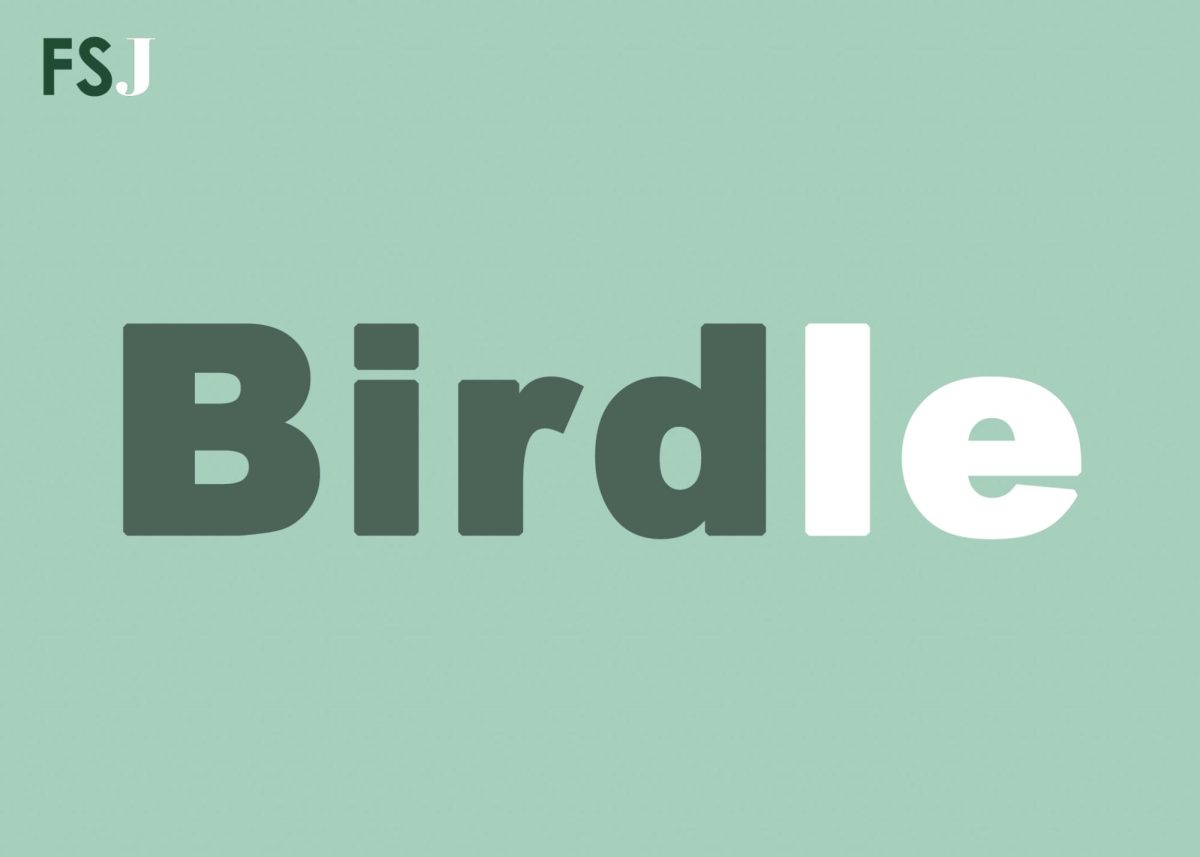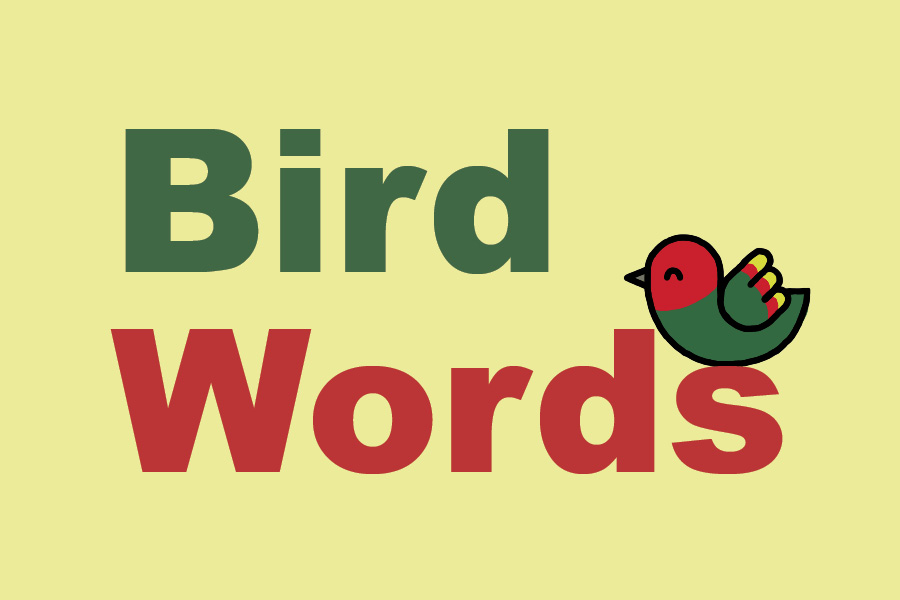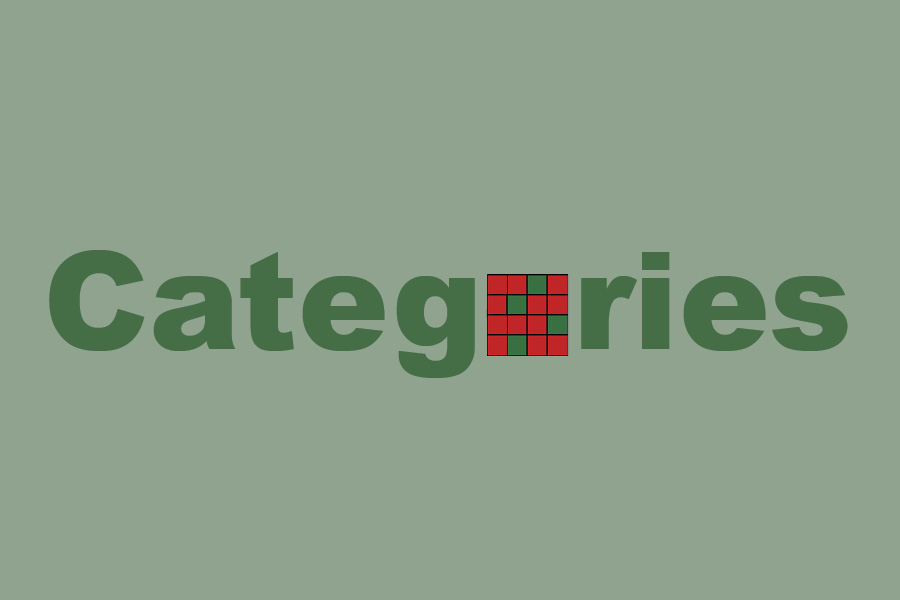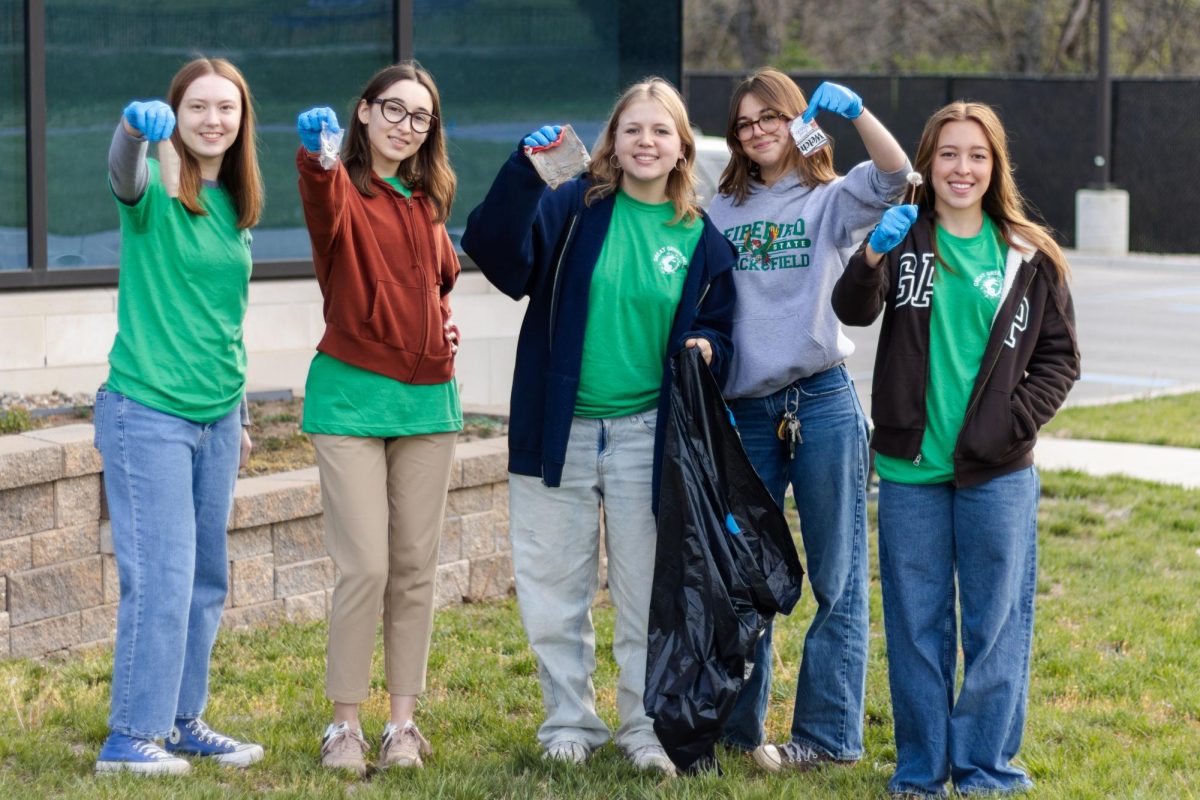FEATURE: Distractions During Class
Teachers fight for students’ attention while social media increases its strain on students’ education.
With social media being a part of our daily lives, it can be hard to break away from it. Social media plays a huge part in our lives for better or for worse it can have a huge impact on us.
October 28, 2022
When you walk into a classroom students could be doing any number of things, they could be working on homework or taking notes, but more often than not they are on social media. Over the past few years, teachers have noticed social media becoming a bigger distraction for students during class.
Between Snapchat, Instagram, Tiktok, and now BeReal, the app’s algorithms are enticing students to spend more time scrolling through their feeds.
Science teacher Wendy Haas ponders whether students spending time on social media affects productivity in classrooms.
“There are days when I feel that social media has very little impact on what we’ve been able to accomplish as a class, and days where I get dismayed by the amount of distraction,” Haas said.
“It became people’s lifeline to the outside world during lockdown and during remote and hybrid school,” Haas said. “We’re all still retraining ourselves [on] how to be around a bunch of people again.”
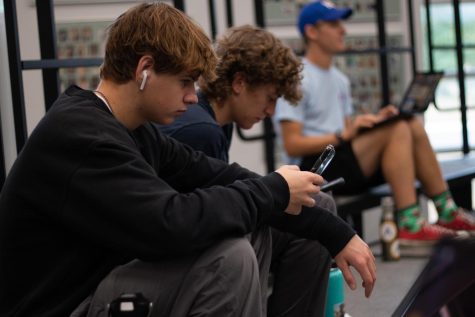
Haas believes that this increase in social media use could be a potential effect of the COVID-19 pandemic. For nearly two years, students were taught online and had more reliance than ever on their devices.
“It became people’s lifeline to the outside world during lockdown and during remote and hybrid school,” Haas said. “We’re all still retraining ourselves [on] how to be around a bunch of people again.”
According to Haas, the abrupt transition from fully online school to hybrid learning to in-person school has left students dependent on social media.
“The pandemic totally changed reliance on phones,” Haas said. “I used to have just a few kids who struggled with controlling phone use, now I have a lot more.”
The increase in social media has forced teachers to adapt to students’ attention spans. Students using their phones in class is not a new concept for teachers, but has become a larger factor.
Ceramics teacher Bryan Lloyd finds that social media has become a much bigger issue during class in recent years.
“Social media is the main [distractor] from students focusing in class because there’s always notifications that go off and they feel like they have to get to it right away,” Lloyd said.
As new apps emerge and algorithms strengthen, social media addictions continue to be a constant battle with educators.


